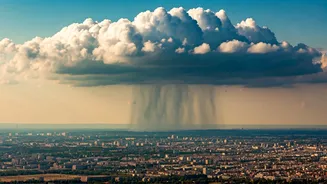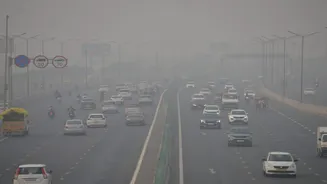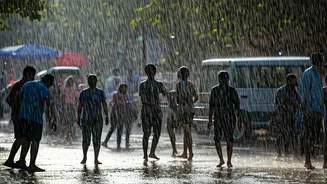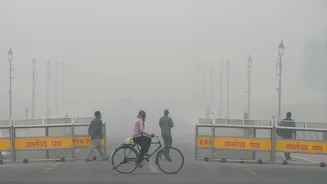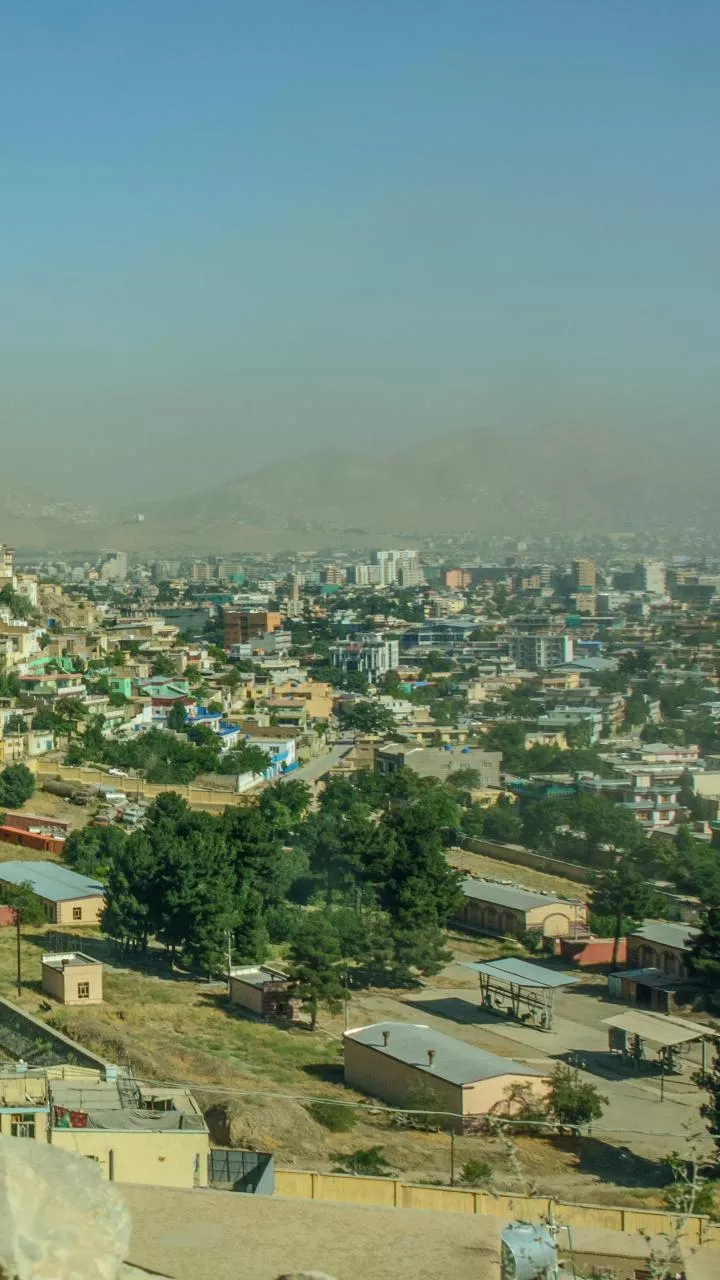Diwali's Aftermath in Delhi
Following Diwali celebrations, Delhi's air quality often takes a significant hit. The widespread use of fireworks and other pollutants released during
this period cause the air quality index (AQI) to plummet. Authorities observe this annual trend, where the concentration of particulate matter and other harmful substances in the air increases dramatically. This adverse situation prompts the need for immediate countermeasures to improve air quality and protect public health. The government and environmental agencies consistently search for strategies to minimize the impact of post-Diwali pollution, recognizing the urgent need to address the crisis and safeguard residents' well-being.
Artificial Rain Explained
The technique of inducing artificial rain, commonly known as cloud seeding, has been selected as a way to alleviate the effects of pollution. This process involves introducing certain substances into clouds to stimulate rainfall. These substances, such as silver iodide, are dispersed into the clouds using aircraft or ground-based equipment. The particles act as condensation nuclei, attracting water molecules and causing the formation of raindrops. The objective of artificial rain is to wash away pollutants present in the air. As the rain falls, it captures the airborne pollutants, reducing their concentration and improving overall air quality. The process provides a quick and effective method to clean the air, mitigating the effects of seasonal air pollution.
The Delhi Plan Unveiled
Delhi's initiative includes a comprehensive plan for artificial rain, which is slated to be implemented post-Diwali. The process requires several crucial steps, including identifying suitable clouds in the atmosphere. Specialized aircrafts, equipped with cloud-seeding technology, will be deployed once the right conditions are met. These aircrafts will release the seeding agents, aiming to facilitate precipitation and effectively clear the air of pollutants. The Delhi government has been working closely with experts to prepare and execute this plan, which encompasses selecting the necessary equipment, arranging the logistics for the operation, and determining the optimal timing for the artificial rain events. The objective is to make sure that the intervention is conducted properly, improving air quality and safeguarding the health of the residents.
Expected Outcomes and Challenges
The primary expected outcome of the artificial rain initiative is to significantly improve Delhi's air quality. By washing away pollutants, the AQI is expected to improve, reducing health risks for residents. Beyond improving the air, the project aims to demonstrate the feasibility and effectiveness of artificial rain as a long-term solution for dealing with air pollution. However, the project also faces challenges. The success of the operation is dependent on the presence of suitable clouds, and the unpredictability of weather patterns could affect the results. There is also the need to ensure the safe dispersion of seeding agents and monitor any possible environmental impacts. These challenges require careful planning and effective execution to ensure that the program achieves its goals of improving Delhi's air quality and protecting public health.
